30 Incredible Whale Facts: Ocean Giants You Didn't Know | FactsLook
Introduction: Beyond the Breaches – Unveiling the World of Whales
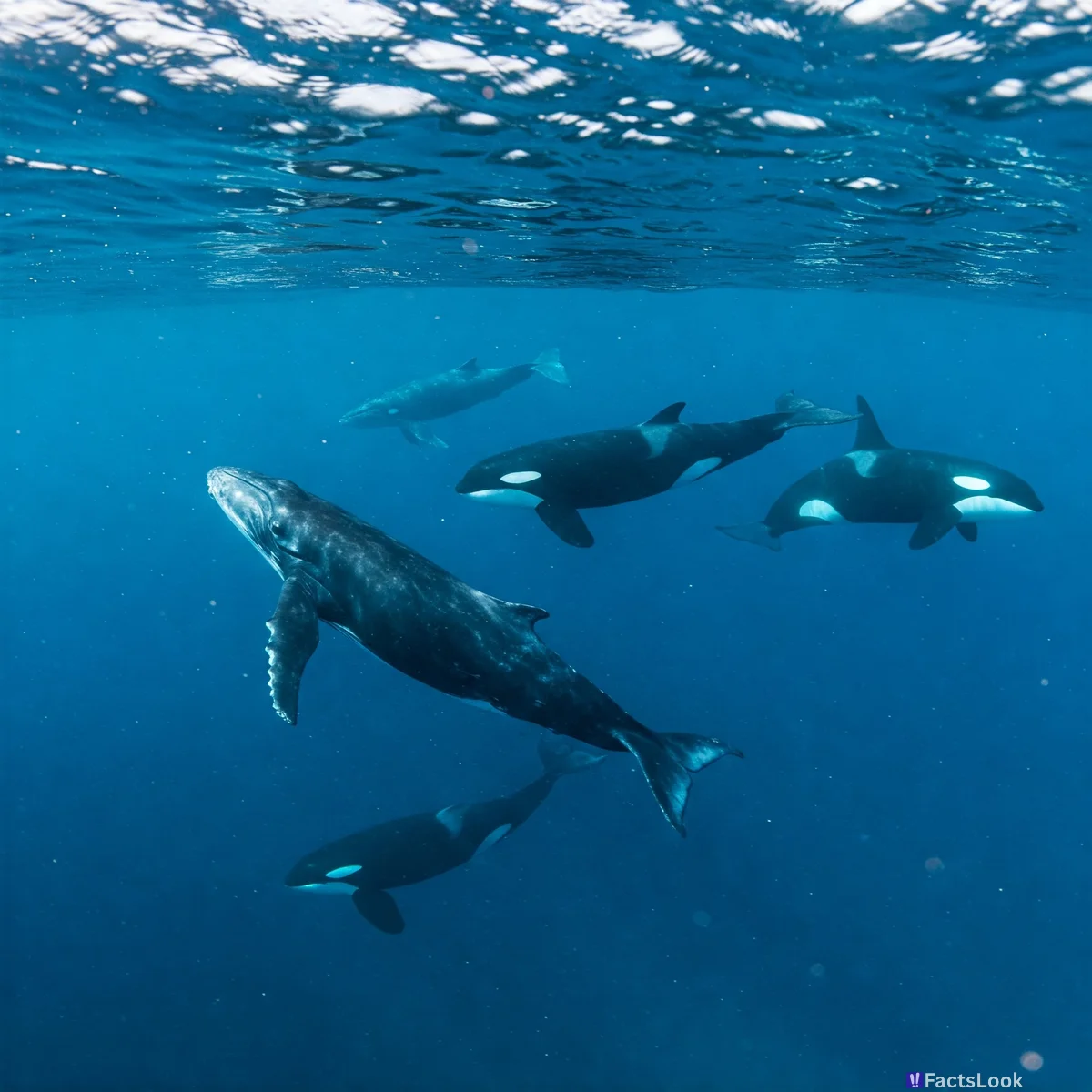
Whales, the gentle giants of our oceans, have captivated humanity for centuries. But beyond their majestic size and breathtaking breaches lies a world of astonishing secrets. This listicle dives deep, presenting 30 lesser-known facts about these incredible creatures, offering a unique look into whale species, behavior, and the challenges they face. Prepare to be amazed by the ocean's most magnificent inhabitants!
Whale Earwax Reveals Their Life Story
Believe it or not, whale earwax is a treasure trove of information! Like tree rings, earwax accumulates in layers throughout a whale's life, recording hormone levels and pollutants. Scientists can analyze this 'earplug' to determine a whale's age, reproductive history, and exposure to environmental toxins. [Source: NOAA - https://www.noaa.gov/education/resource-collections/marine-life/whale-earwax]
The Blue Whale's Heart is Enormous
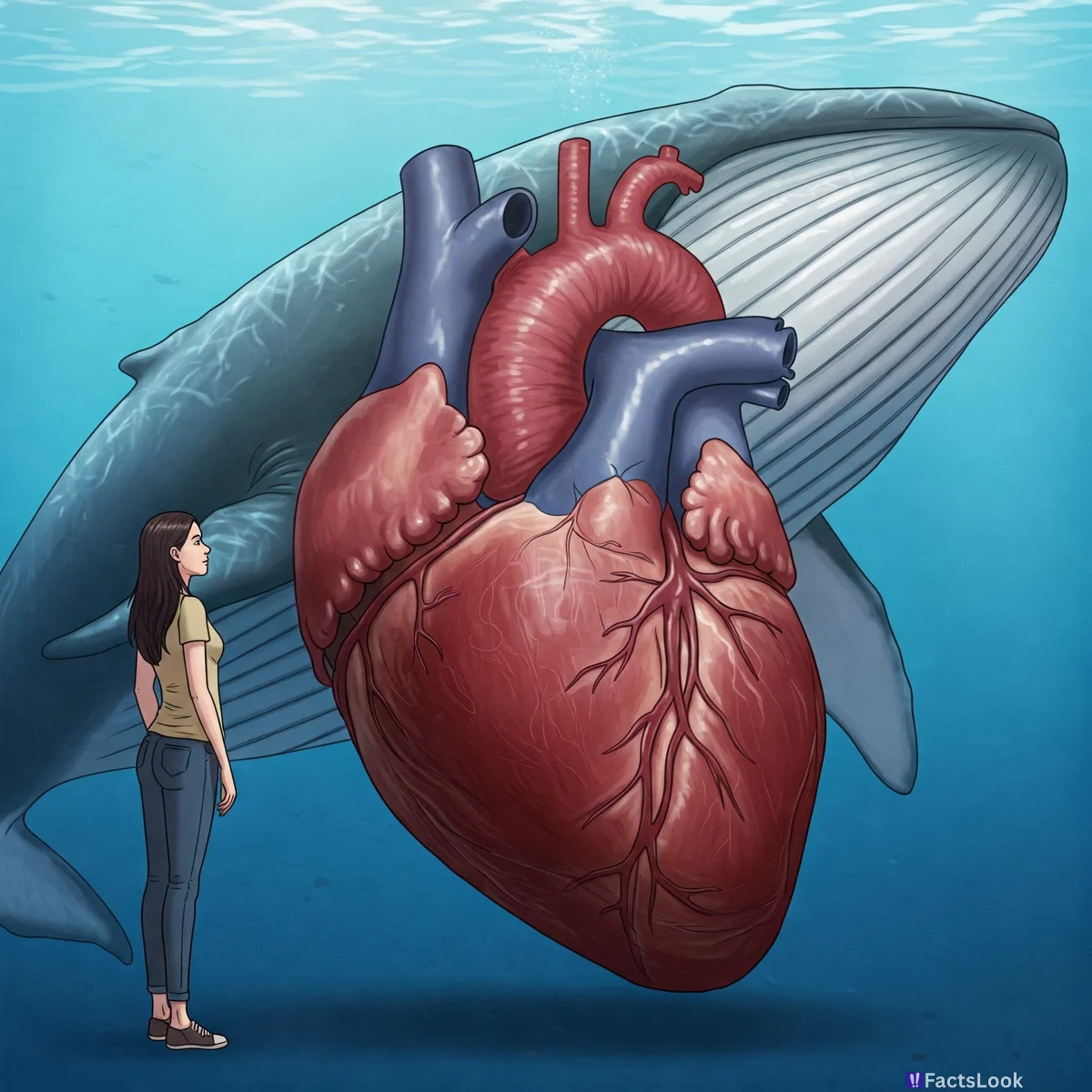
The Blue Whale isn’t just the largest animal on Earth; it has the largest heart too! Weighing around 400 pounds (180 kg) and roughly the size of a small car, the Blue Whale’s heart beats only 4-8 times per minute, conserving energy in the vast ocean. Its aorta is large enough for a human to crawl through!
Whales Communicate in Complex ‘Songs’
Humpback whales are renowned for their complex 'songs,' intricate sequences of moans, whistles, and clicks. These songs, primarily sung by males, can last for over 20 minutes and are believed to play a role in attracting mates. What's amazing is whale songs evolve over time, exhibiting cultural transmission.
Sperm Whale Clicks Are the Loudest Sounds in the Animal Kingdom
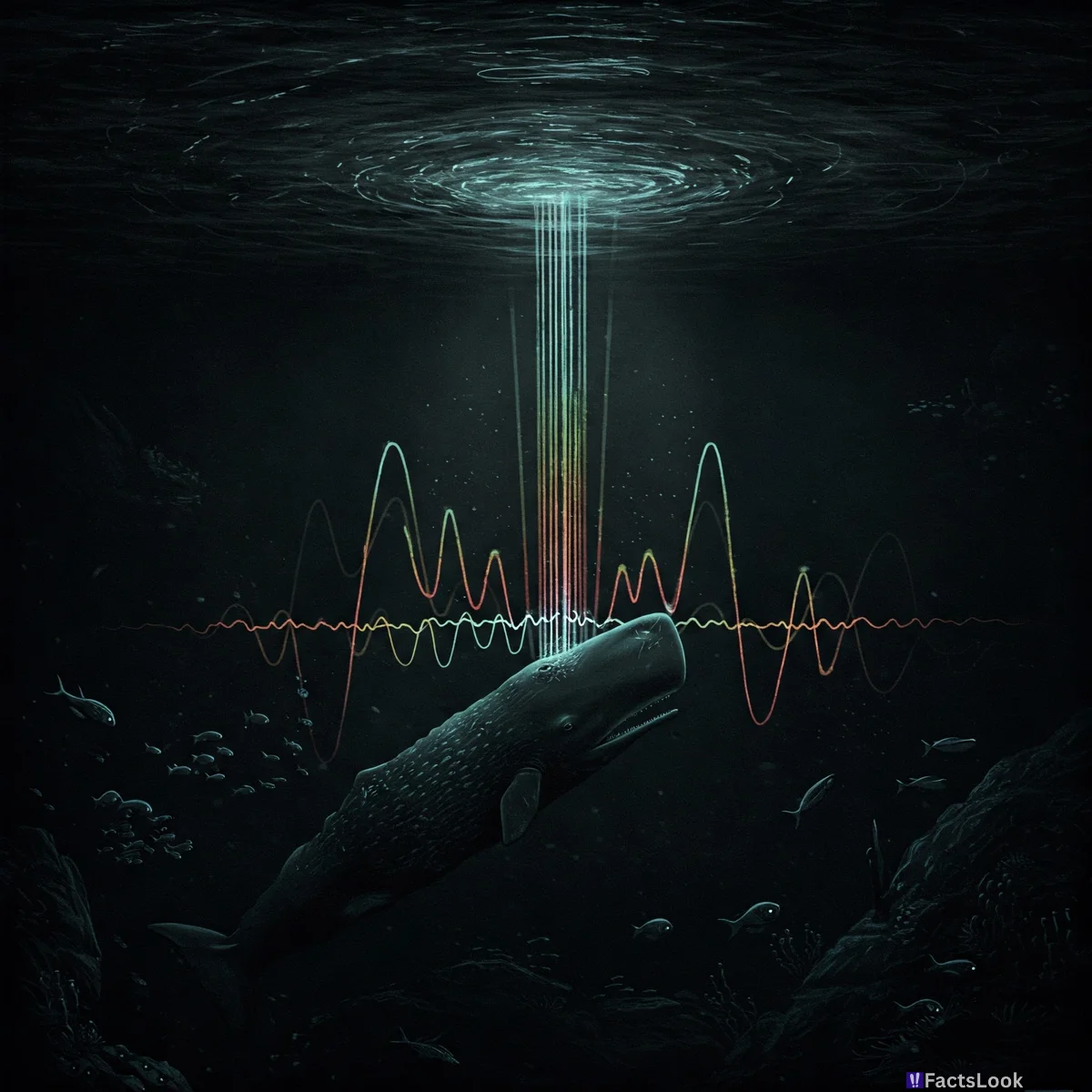
Sperm whales produce the loudest sounds made by any animal – reaching over 230 decibels! These powerful clicks are used for echolocation to find prey in the dark depths of the ocean. The sound is so intense it can be disruptive to other marine life and even damage human ears at close range.
Gray Whales Undertake Epic Migrations
Gray whales undertake one of the longest migrations of any mammal, traveling up to 12,000 miles (19,300 km) round trip each year. They journey from their feeding grounds in the Arctic to their breeding lagoons in Baja California, Mexico, a remarkable feat of endurance and navigation.
Orcas Have Distinct Cultures and Dialects
Orcas (Killer Whales) aren't just one species; they exhibit diverse cultures and dialects, passed down through generations. Different pods have unique hunting techniques, vocalizations, and social structures, showcasing a level of cultural complexity rarely seen in animals. [Source: National Geographic - https://www.nationalgeographic.com/animals/mammals/facts/orca]
Bowhead Whales Can Live Over 200 Years
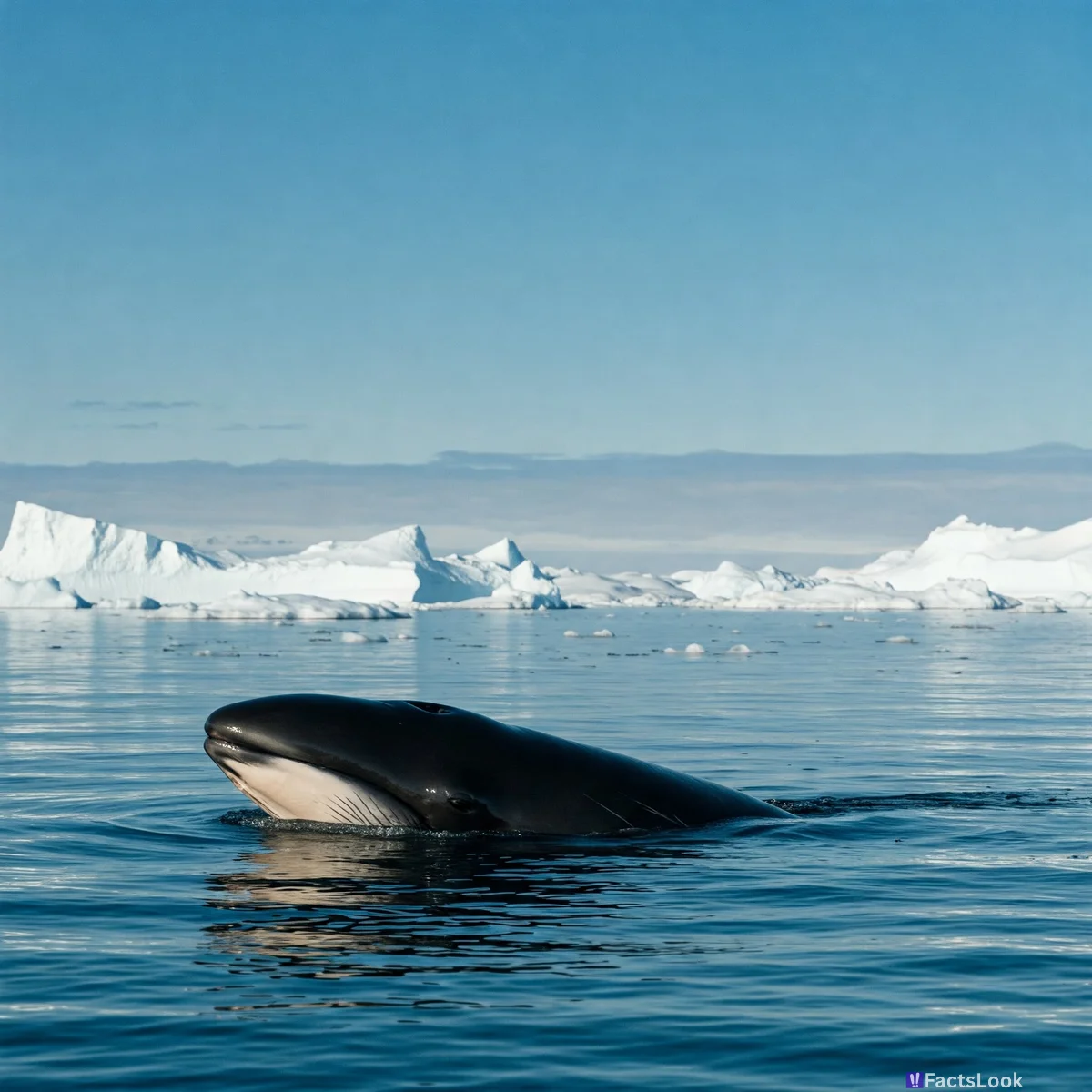
Bowhead whales are the longest-lived mammals on Earth, with some individuals exceeding 200 years of age! Scientists believe their exceptional longevity is linked to highly efficient DNA repair mechanisms and a low metabolic rate, helping prevent age-related diseases.
Whales Help Fertilize the Ocean
Whales play a vital role in ocean health by releasing iron-rich fecal plumes when they surface. This ‘whale pump’ fertilizes phytoplankton, microscopic plants that form the base of the marine food web and produce a significant portion of the Earth’s oxygen.
Fin Whales Have Asymmetrical Coloration
Fin whales exhibit asymmetrical coloration – their right lower jaw is white, while their left is dark. The reason for this unique feature is still unknown, but theories suggest it might aid in camouflage or individual recognition. It is a distinctive feature making identification easier.
Humpback Whales Use Bubble-Net Feeding
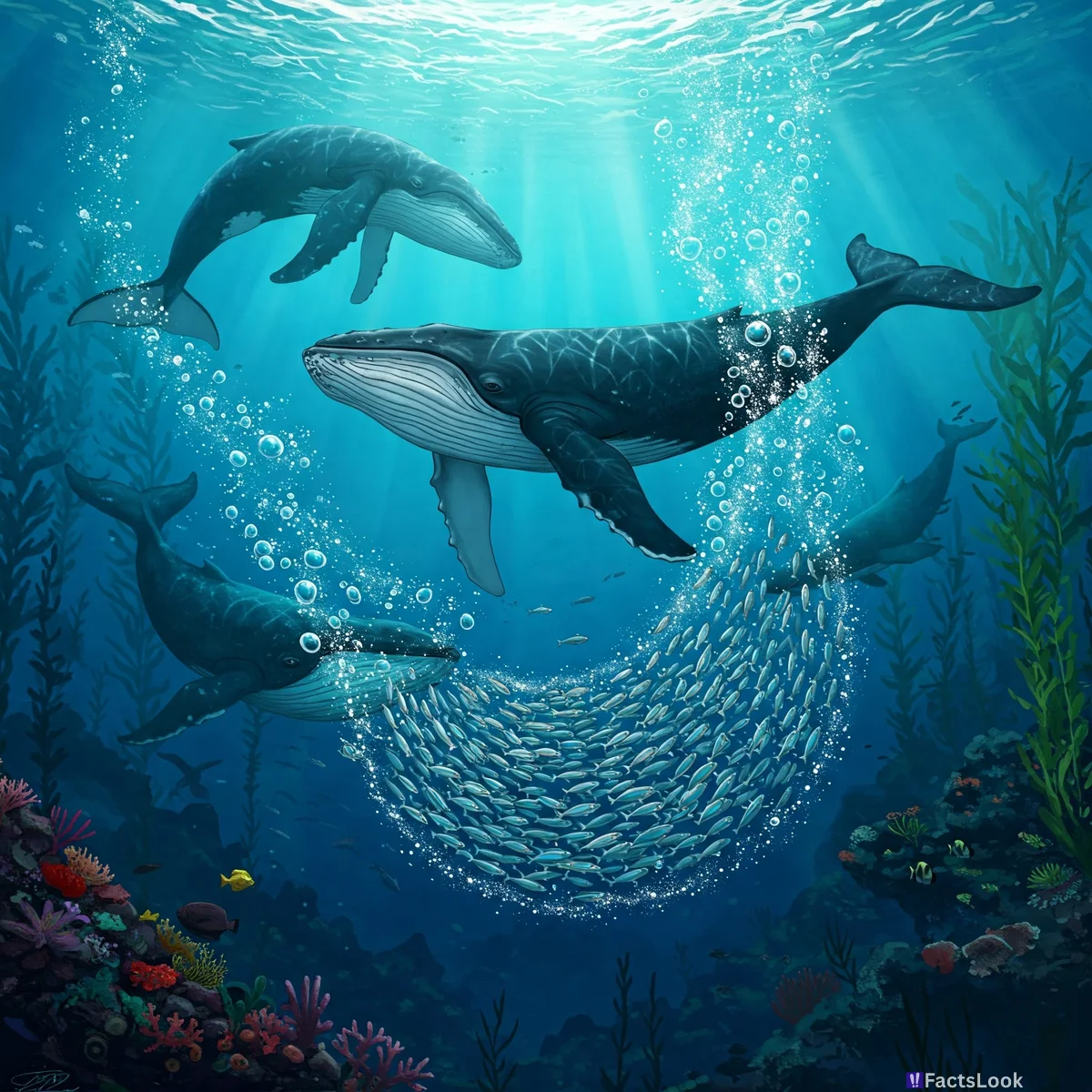
Humpback whales employ an ingenious hunting technique called bubble-net feeding. They swim in a spiral pattern, blowing bubbles to create a ‘net’ that corrals schools of krill or small fish, then swim upwards through the center with their mouths open, engulfing their prey.
Narwhals Possess a Unique ‘Tusk’
The Narwhal, often called the ‘unicorn of the sea,’ possesses a long, spiral tusk protruding from its upper lip. This tusk is actually an elongated tooth with millions of nerve endings, used for sensing changes in water temperature, salinity, and even potentially communicating with other Narwhals.
Beluga Whales Are Known as 'Sea Canaries'
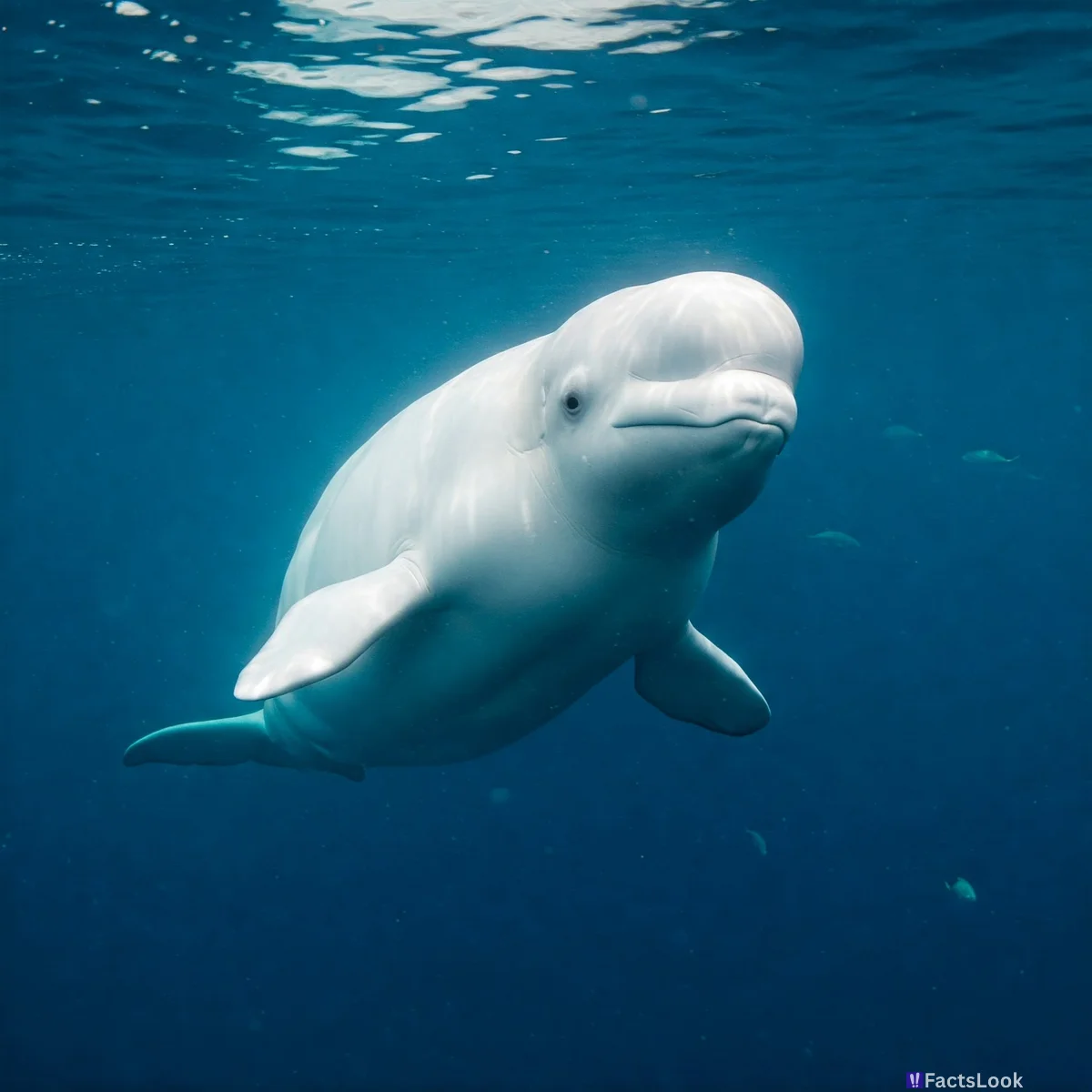
Beluga whales are highly vocal and are often referred to as 'sea canaries' due to their diverse range of whistles, clicks, and chirps. They can mimic human speech and other sounds, showcasing their remarkable vocal learning abilities.
Right Whales Have Callosities – Unique Skin Patterns
Right whales possess distinctive roughened patches on their heads called callosities. These are colonies of amphipods (small crustaceans) that create unique patterns on each whale, acting like fingerprints for individual identification.
Minke Whales Are the Smallest Baleen Whales

Minke whales are the smallest of the baleen whales, reaching lengths of 23-35 feet (7-10.7 meters). They are known for their streamlined bodies and swift swimming abilities, often approaching boats and displaying curiosity.
Pilot Whales Aren’t True Whales
Despite their name, Pilot whales are actually large oceanic dolphins! They belong to the family *Oceanidae*, which encompasses all oceanic dolphins, and share more similarities with dolphins than with true whales.
Whales Can Hold Their Breath for Incredible Lengths
Depending on the species, whales can hold their breath for remarkably long periods. Cuvier's beaked whale holds the record, staying underwater for over 3 hours! This is possible due to their ability to slow their heart rate and redirect blood flow to vital organs.
Some Whales Have Teeth, Others Have Baleen
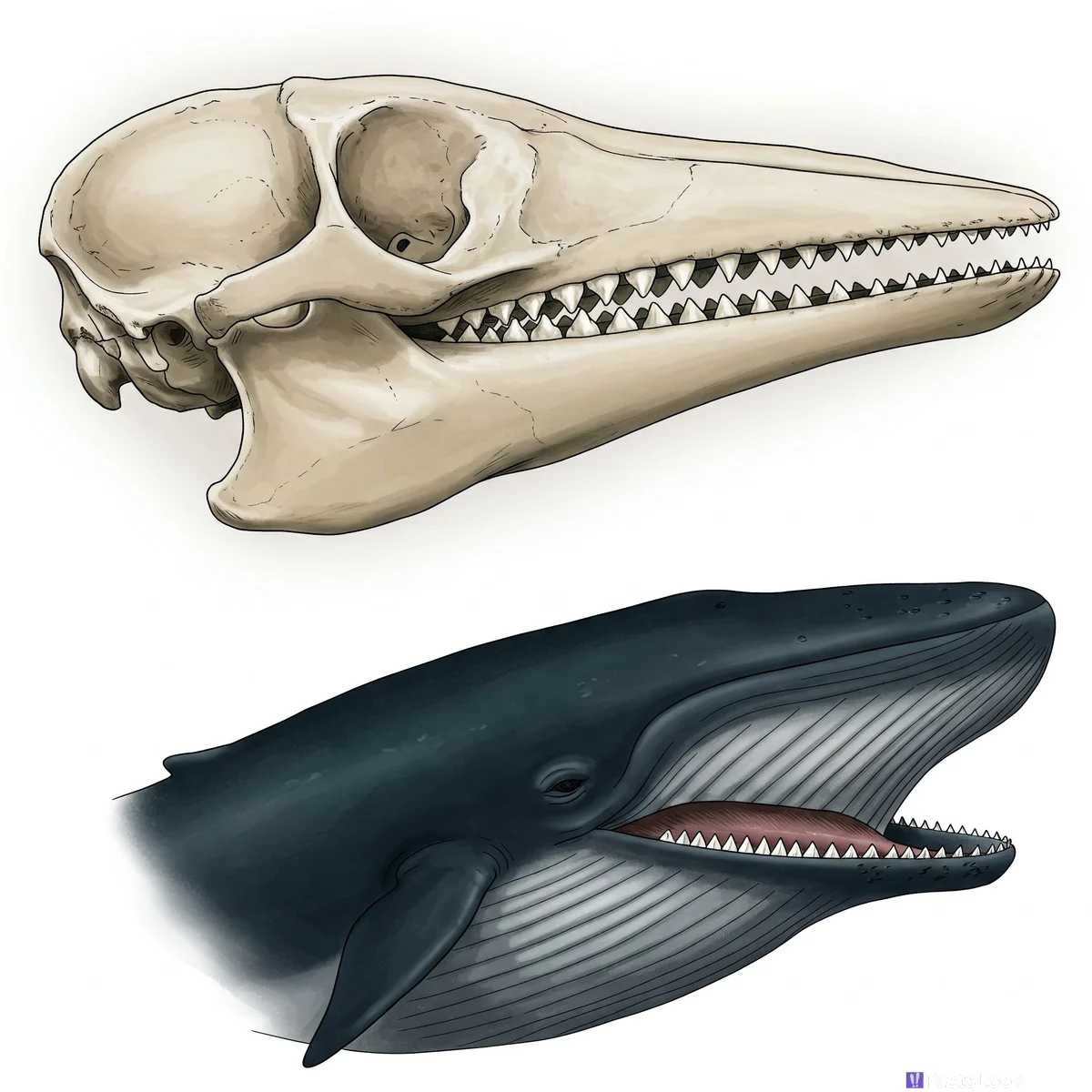
Whales are divided into two main groups: toothed whales (Odontocetes) and baleen whales (Mysticetes). Toothed whales, like Orcas and Sperm Whales, have teeth for catching prey. Baleen whales, like Humpbacks and Blue Whales, have baleen plates instead of teeth, which they use to filter krill and small fish from the water.
Whale Strandings Remain a Mystery
Whale strandings – when whales become beached on shore – are a perplexing phenomenon. Potential causes include illness, sonar interference, navigational errors, and social factors. Scientists are still actively researching the complex reasons behind these events.
Calf Whales Drink an Enormous Amount of Milk

A whale calf grows at an astounding rate, fueled by incredibly rich milk. They can drink up to 50 gallons (190 liters) of milk *per day*, gaining up to 200 pounds (90 kg) in weight weekly. This rapid growth is essential for survival in the challenging ocean environment.
The Vaquita is the Most Endangered Marine Mammal
The Vaquita, a small porpoise found in the Gulf of California, is critically endangered with fewer than 20 individuals remaining. Their decline is primarily due to entanglement in fishing gear. Conservation efforts are urgently needed to prevent their extinction. [Source: WWF - https://www.worldwildlife.org/species/vaquita]
Whale Fossils Reveal Ancient Lineages
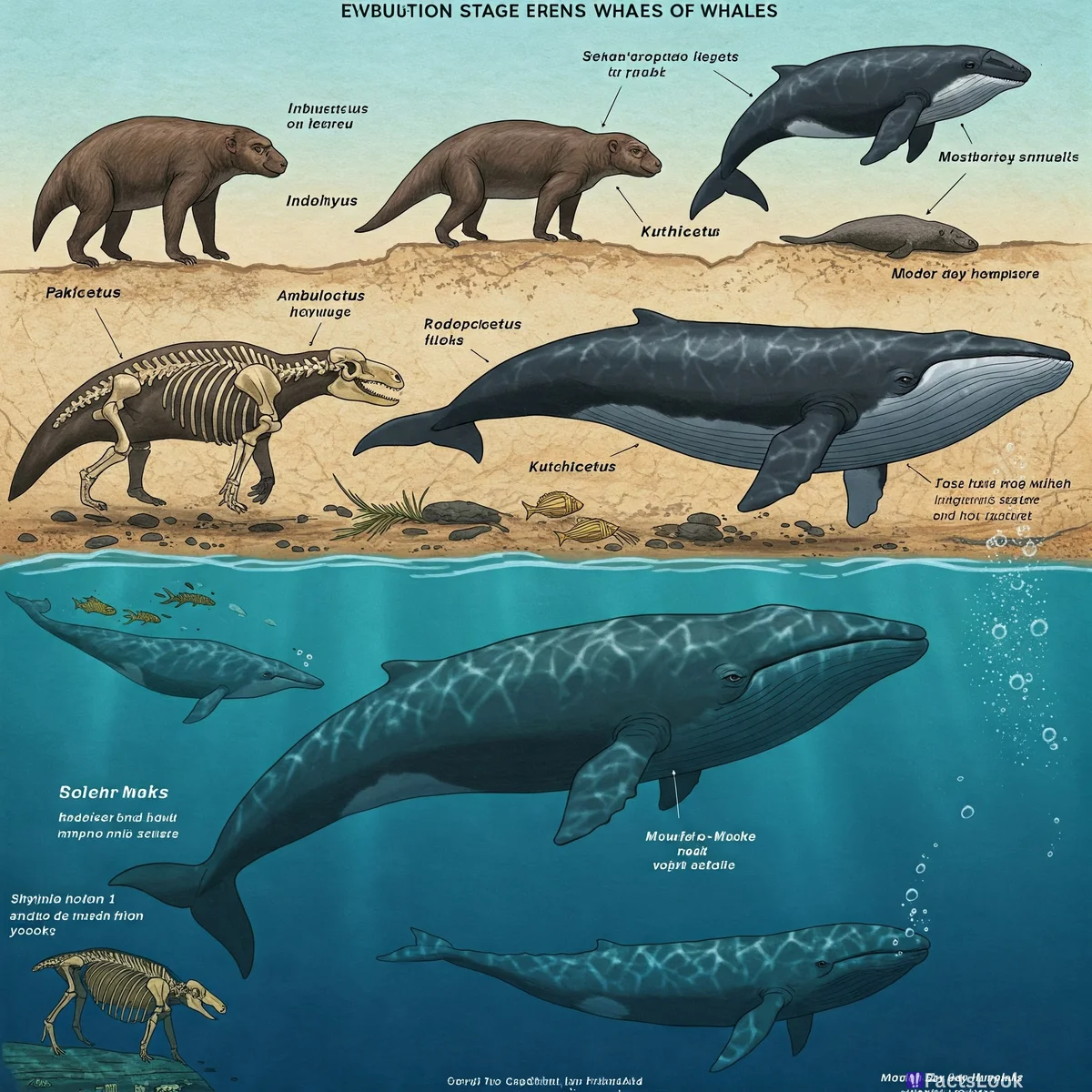
The fossil record shows that whales evolved from land-dwelling mammals over 50 million years ago! Fossils like *Pakicetus* and *Ambulocetus* demonstrate the transitional stages of whale evolution, showcasing how they gradually adapted to an aquatic lifestyle.
Humpback Whales Exhibit Cooperative Hunting
Humpback whales display remarkable cooperative hunting behaviors. They work together to create bubble nets or use their bodies to herd schools of fish, demonstrating complex communication and coordination.
Sperm Whale Families Are Matrilineal
Sperm whale societies are organized around matrilineal family groups – groups of related females and their offspring. These groups cooperate in raising calves and share knowledge about feeding grounds and migration routes.
Blue Whales Can Produce Calls Heard Thousands of Miles Away
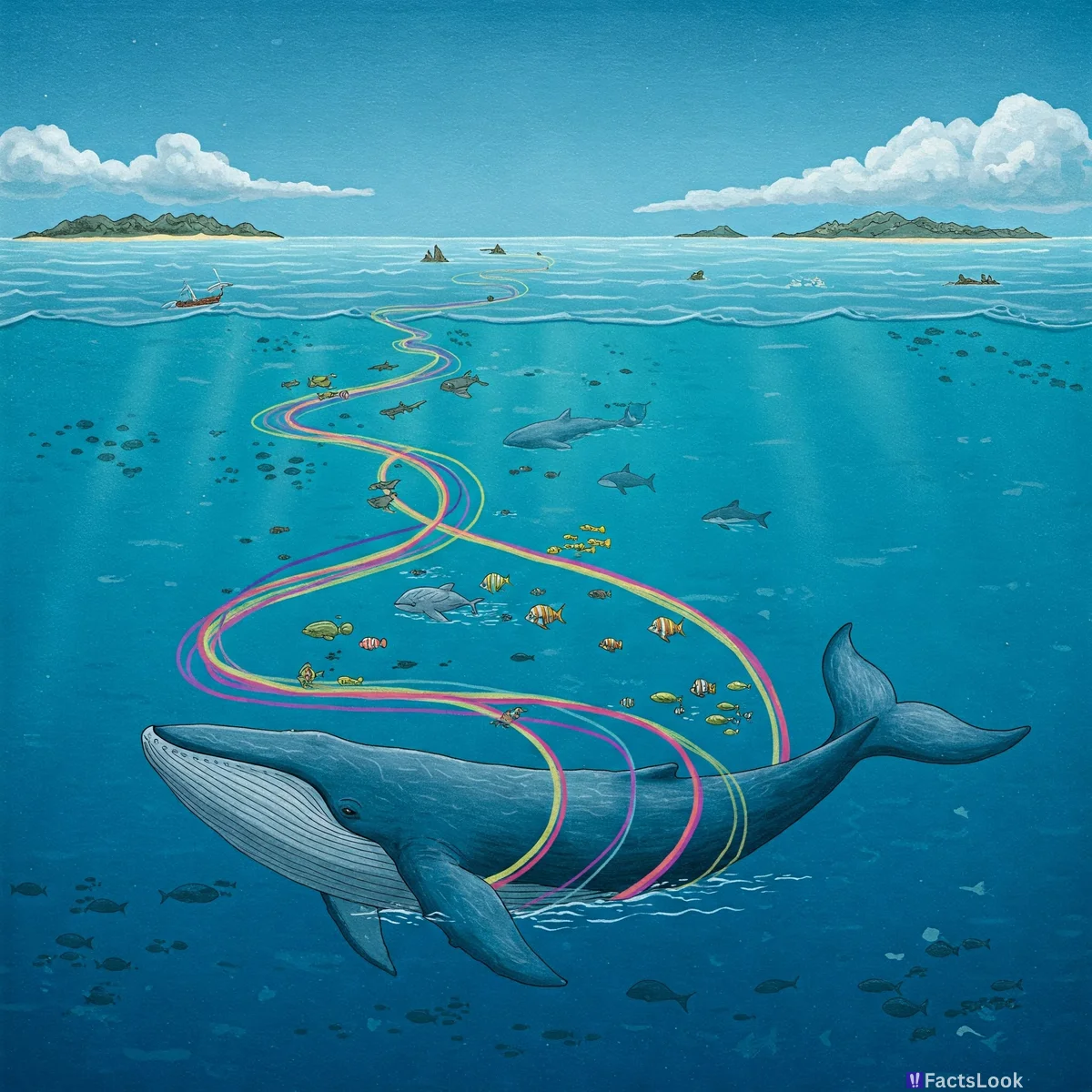
Blue whale calls are among the lowest-frequency sounds produced by any animal and can travel for hundreds, even thousands, of miles underwater. These calls are thought to be used for long-distance communication and are vital for finding mates.
Gray Whales Scrape for Food on the Ocean Floor
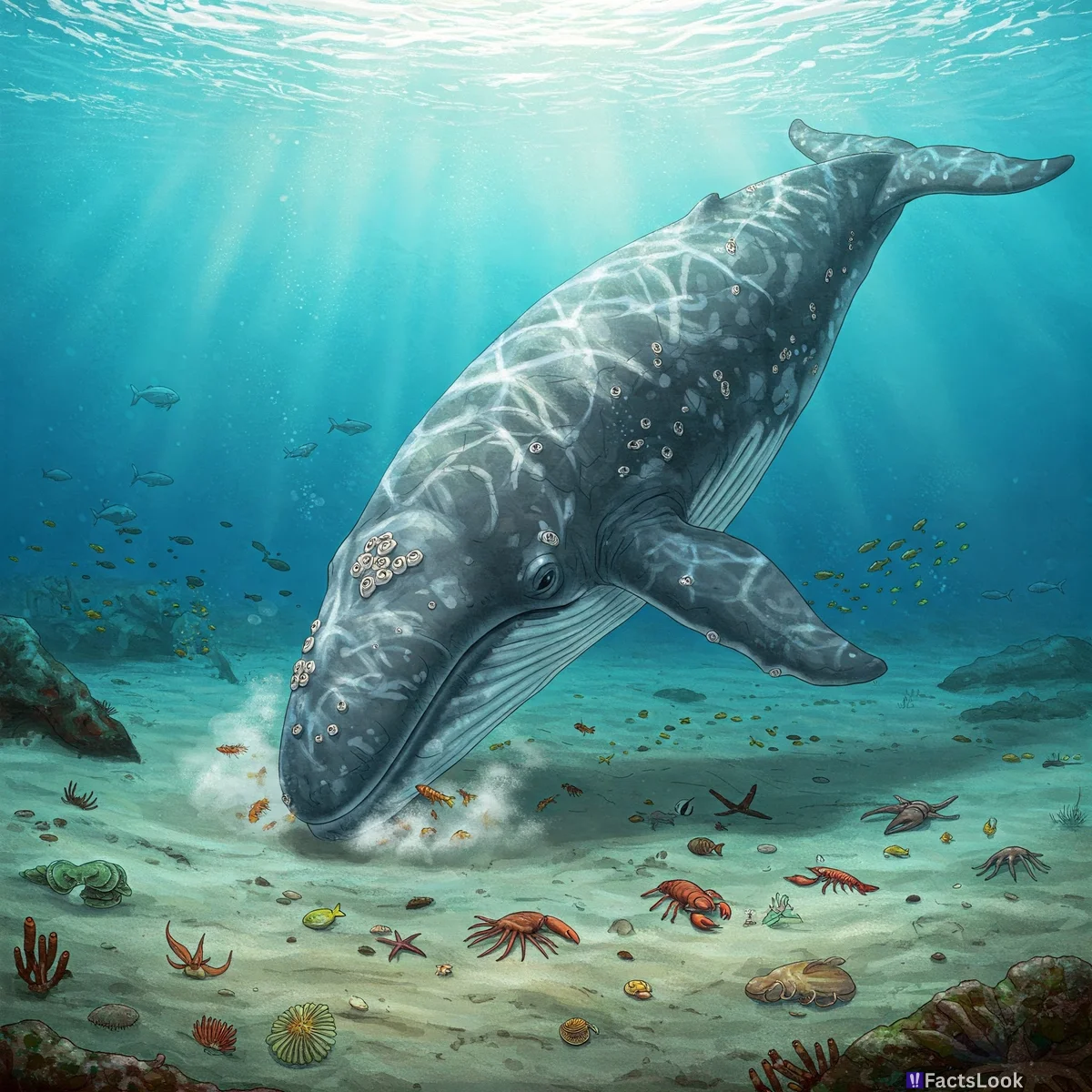
Gray whales are bottom feeders, meaning they forage for food on the ocean floor. They swim along the seabed, filtering sediment through their baleen plates to extract small crustaceans and invertebrates.
Orcas Have Complex Social Structures & 'Resident', 'Transient' Types
Orcas (Killer Whales) demonstrate incredibly complex social structures, living in stable pods with intricate hierarchies. They are categorized into 'resident' (fish-eating), 'transient' (mammal-eating), and 'offshore' types, each with unique behaviors and dialects.
Whale Sharks Are the Largest Fish, Not Whales
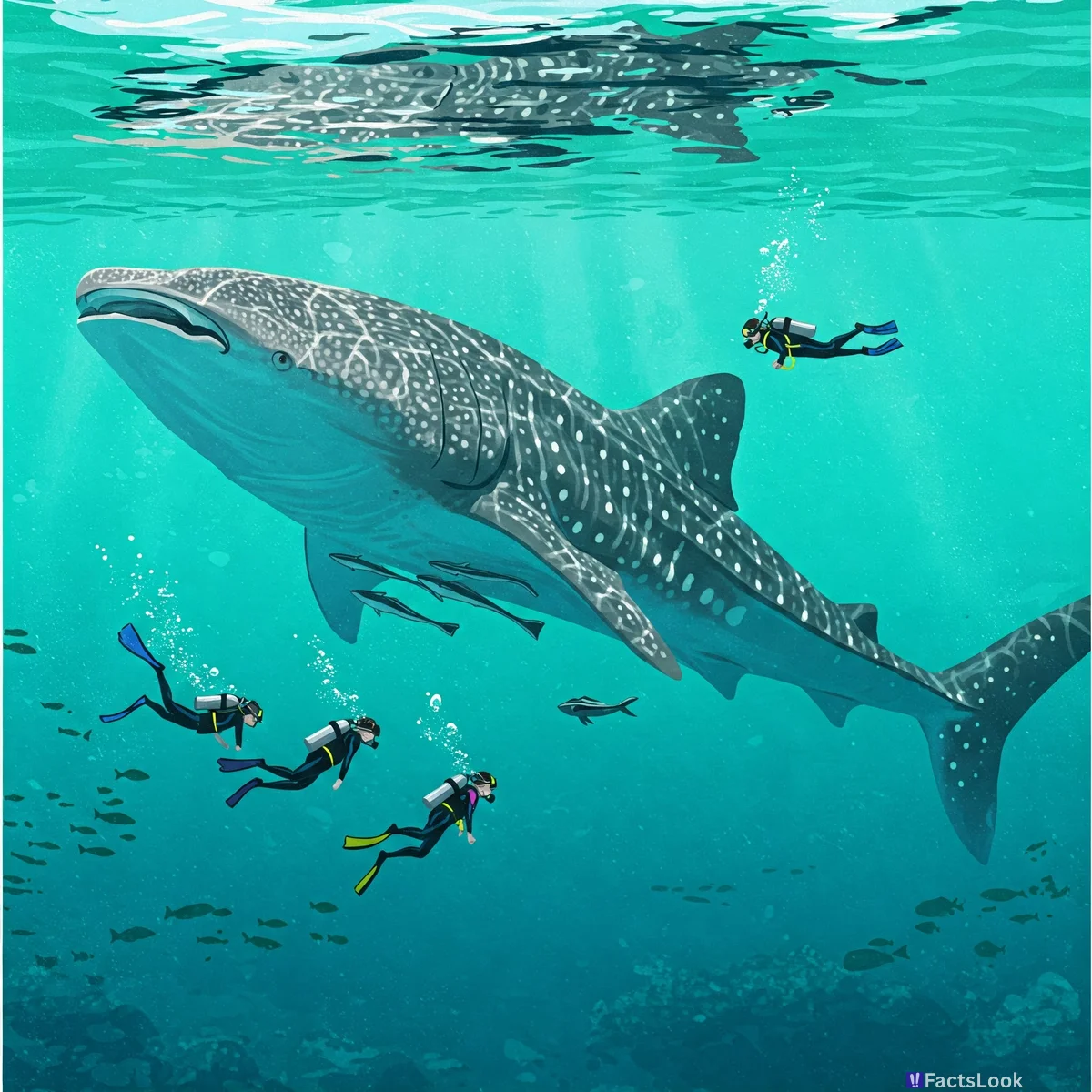
Despite their name, Whale Sharks are not whales; they are the largest fish in the world! These gentle giants are filter feeders, consuming plankton and small fish. They can grow up to 40 feet (12 meters) long and weigh up to 47,000 pounds (21.5 tons).
Comments
Loading comments...